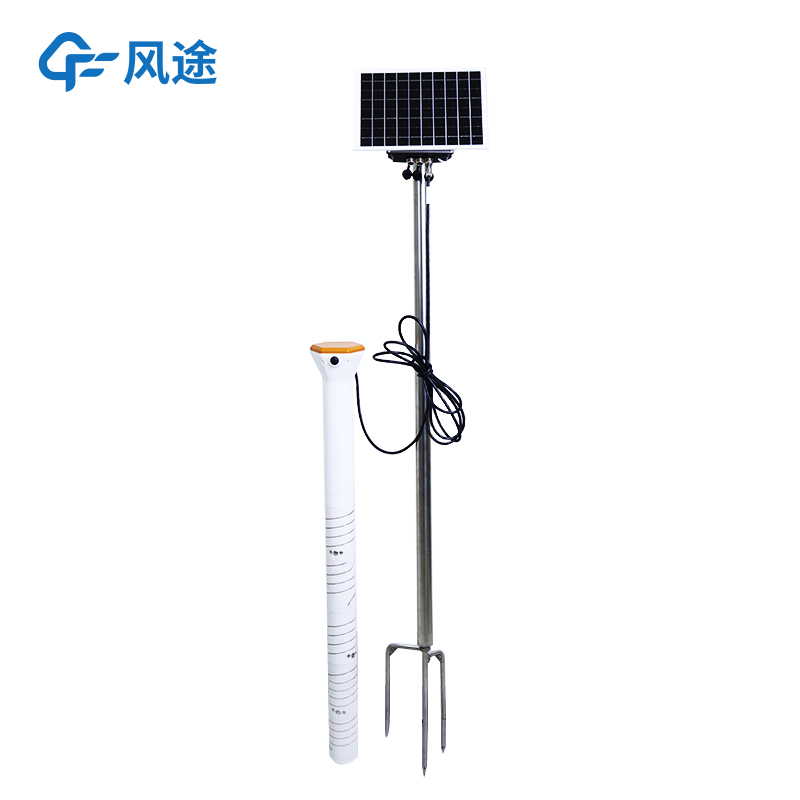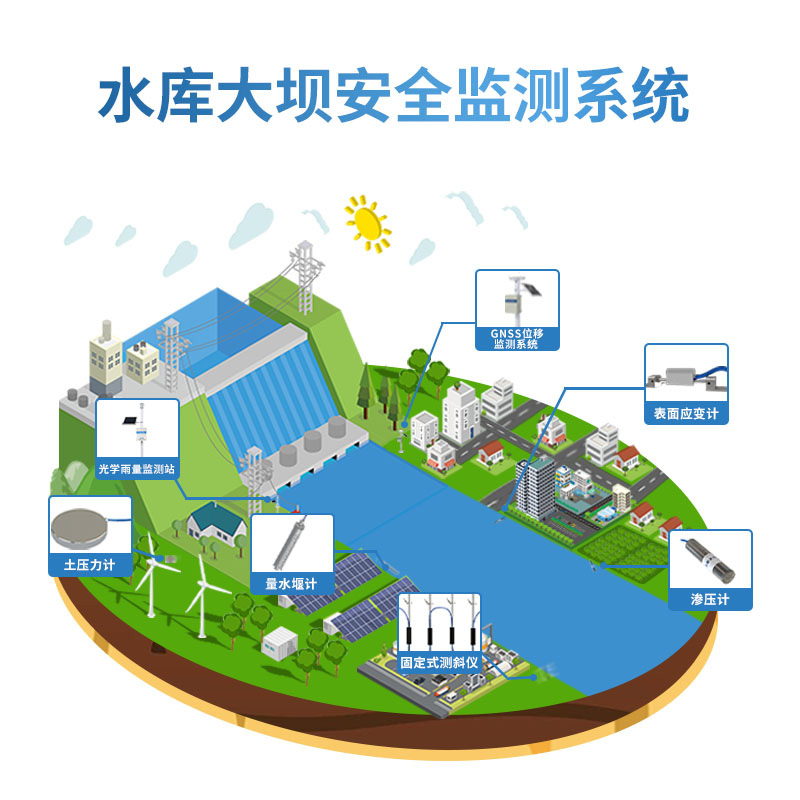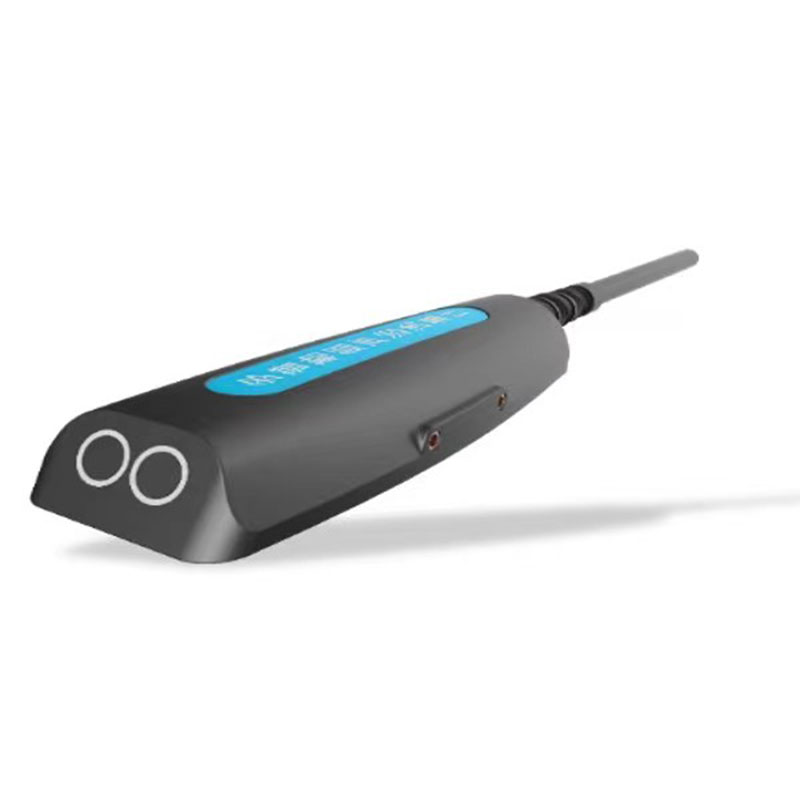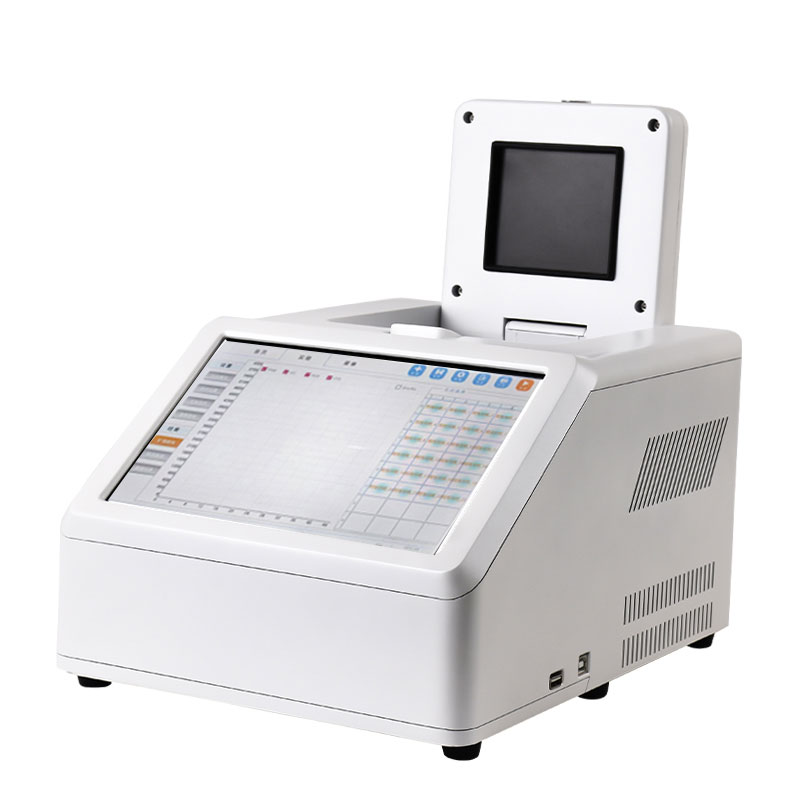In agricultural production, the moisture condition in the soil directly affects crop growth, and the Soil moisture monitor is an important tool to grasp this condition. Through a systematic process, it continuously monitors agricultural soil moisture, providing soil moisture data for agricultural production.
The core of the Soil moisture monitor is the sensors deployed in the ground, which are buried in the soil at different depths and in direct contact with the soil. Their main function is to detect the moisture content in the soil. Through internal sensing elements, they record changes in the electrical properties or physical state of the soil, thereby reflecting the amount of moisture. Sensors at different depths can monitor the soil moisture in the surface, middle and deep layers respectively, providing a comprehensive understanding of the vertical distribution of soil moisture.
The original information collected by the sensors is transmitted to the host of the monitoring station through wired or wireless means. Wired transmission is usually suitable for fixed monitoring points with short distances, with stable signals; wireless transmission is more flexible and can adapt to large-area and scattered farmland environments, where data is aggregated through signal base stations. After receiving the data, the host performs preliminary processing to eliminate obvious interference signals, ensuring the basic accuracy of the data.
The processed soil moisture data is sent to the backend data management platform. The platform has data storage and analysis functions, which can integrate data from different times and monitoring points. Staff can view real-time soil moisture data through the platform and also access historical records to analyze the changing trends of soil moisture. For example, continuous monitoring can reveal fluctuations in soil moisture within a day or changes in different growth stages.
These analysis results are presented in intuitive forms such as data tables and trend charts for reference by agricultural technicians and growers. Based on the soil moisture data, growers can reasonably arrange irrigation time and water volume, avoiding water waste caused by blind watering or excessive soil moisture that affects crop root growth. Long-term soil moisture monitoring data can also provide a scientific basis for farmland water conservancy planning and adjustment of crop planting structure.
Each monitoring by the Soil moisture monitor forms a dynamic tracking of agricultural soil moisture. It operates continuously regardless of weather and time, building a precise "moisture defense line" for agricultural production, making agricultural planting more scientific and efficient.

This paper addresses:https://www.fengtusz.com/industry/811.html









